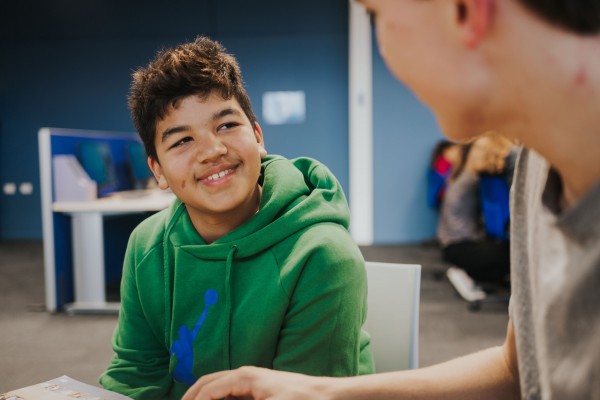Short and long term goals for children

Learning to set goals is an important part of growing up. From building resilience to gaining confidence, teaching children how to set goals is a key part of achieving success both inside and outside the classroom. Goal setting offers motivation and helps us direct our energy towards ambitions that are important to us. However, we sometimes set goals that seem too big or nearly impossible to achieve. As parents, we want to help our children set realistic and achievable goals, but it is also important that we don’t neglect all the small steps it takes to reach the end goal. This blog explores the differences between short and long-term goals, and how you can help your child set achievable goals.
Short-term goals
Short-term goals are just as important as long term goals. They give children a sense of guidance and direction, and help gain momentum in the pursuit of their bigger goals. It can be hard to accomplish long-term goals without setting a number of smaller goals first. Short-term goals are a great starting point when it comes to introducing educational or habitual goals to your child. They help children visualise clear and specific steps to support them in attaining their long term goal, and can act as milestones along the way. Sit down with your child and discuss what goals they want to achieve in the year ahead and help them break their goals down into smaller steps. Make sure to include a time frame of how long it should take. Once you have set small goals for your child, you can transition and shift into bigger long-term goals.
Examples of short-term goals for children:
- Complete my homework everyday after school this term
- Attend maths or English tutoring sessions
- Practice maths questions for half an hour each day
- Create and follow a consistent study routine
- Get into a target sports team/league
- Learn a certain piece of music (if they are a musician)

Long term goals
Long-term goals stem from short-term goals. They give children something to strive for and help keep them focused and on track to where they want to be. Not only do they help children understand how smaller goals build towards larger ones, but they also allow them to envision what can be accomplished with focus and determination. When long-term goals are broken down into smaller steps, it paves a path to achieving their end goal. Setting long-term goals teaches children valuable skills such as planning ahead, staying motivated, and monitoring their progress. Help your child set some long-term goals for the new year so that they have a big goal to work towards.
Examples of long-term goals for children:
- Achieve a certain grade in each class or subject
- Receive a good report card at the end of the year
- Build good study habits
- Save up for a car or university
- Get into a target school or university by maintaining high grades throughout schooling
- Get a part time job that interests them or helps others (e.g. working at a local aged care facility or pharmacy if they have an interest in health care)
- Pass a grading exam for their chosen musical instrument
- Win a sports competition or athletics award

Goals give children hope and something to aspire to. Having meaningful and realistic goals that children can think about and envision reaching can be motivating. At NumberWorks'nWords, we help our students set short and long term goals and ensure that they are on the right track to achieving them. Our proven approach to maths and English tutoring helps children to develop foundational skills and close learning gaps, while building confidence in their learning. If you would like to learn more about our tutoring programmes, get in touch with your local centre and book a free assessment today!



